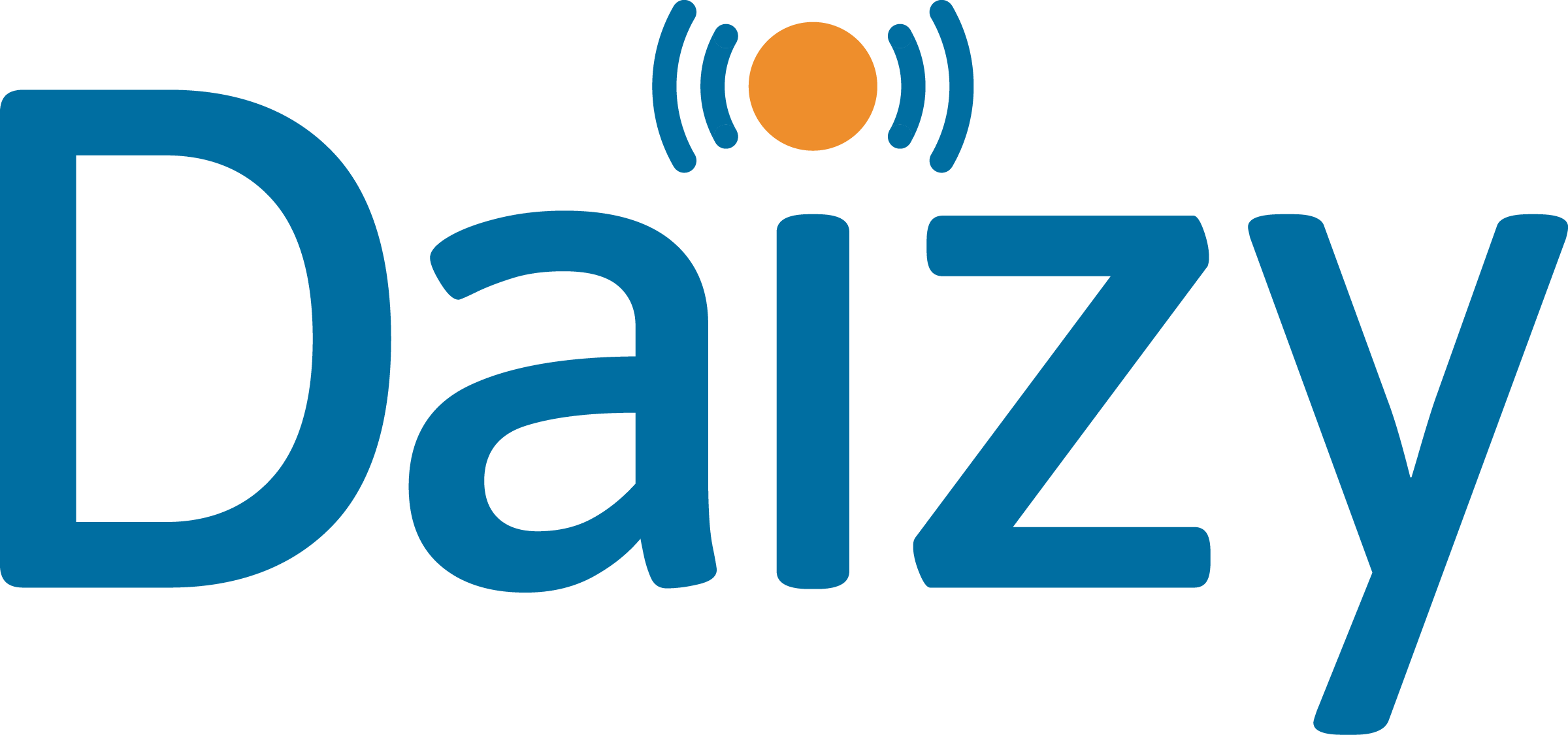At Daizy, we understand the technical and functional challenges of deploying IoT solutions. The basic requirement of getting devices powered-up and communicating can be tricky in itself. Many IoT devices are a small white box with (if you’re lucky) a blinking LED for basic status information. As the range of devices and their capabilities continues to grow at pace, many of the challenges are further compounded. That’s why, at Daizy, we test every device model to understand it’s capabilities and what is needed for it to be ready for deployment.
We repeatedly come across many of the same problems:
- Bootstrapping and the provisioning challenge
- Network coverage
- Misconfigured devices
- Device installation issues
In this post we take a look at some common technical challenges you’re like to face when deploying IoT solutions. We also look at ways you can address these challenges before the occur.
Provisioning
Being able to provision your devices quickly (or preferably, not at all!) is key to mass deployment of IoT devices. Unfortunately, bootstrapping devices with a suitable configuration to ensure they can even connect to the network can be overly complicated. For example, cellular-based devices may need to be configured with specific mobile APNs depending on the SIM cards in use. Furthermore, devices may need to be placed into specific modes of operation before they can successfully communicate.
Provisioning Standards
There are no standards covering initial configuration of firmware, and so the methods used vary widely and are often the same method the electronic engineers used at the factory: cables plugged directly into the PCB accepting AT commands via a serial port. Unfortunately, establishing a serial connection from a modern laptop or smartphone is not straightforward. Where, previously you might connect via a physical serial port, today, you are likely to be emulating serial over USB. Prolific drivers are a good starting point, and PuTTY is a common serial data terminal application for Windows. Whilst options exist for Mac and Linux, you will almost certainly find Windows to be the path of least resistance.
Once you have a connection established, each device will have its own set of possible AT commands. Recalling commands can be tricky, and the syntax of command output usually requires repeated checking of the documentation to decode. This process is often further complicated when you’re required to use one hand to hold the cable in place! Some device vendors will publish software (normally Windows based) that provides a UI that send AT commands in the background.
In optimal scenarios, a device vendor will publish a mobile app for communicating with the device over NFC or Bluetooth. Because Apple places tighter restrictions on iOS apps, vendors usually make apps available on Android. Even then, protocols like NFC have multiple standards, so it’s not guaranteed that your mobile device will support the necessary standard, but most modern Android devices should work.

Assign installation tasks and activate devices with the Daizy mobile app for Android and Apple iOS.
Network Availability
Network availability is often the make or break for successful device deployments. Different LPWAN technologies have a variety of characteristics that affect whether a particular choice is right your project. Regardless, in every case network coverage is king.
The Daizy platform includes interactive coverage information for Sigfox, and we can provide coverage data from our cellular partners, to give you quick indications of whether your chosen network has coverage in your project locations.
However, even if a location has coverage at a macro level, it’s difficult to predict at a micro level. Factors such as proximity to metal structures or placement in a cupboard can have a significant impact. Field testing devices can let you do simple walk testing of a site to understand coverage. Adeunis produce devices for testing LoRa and Sigfox signals, whilst Safecility provide a similar device for NB-IoT coverage.
Configuration
Once a device is successfully communicating, it may still need testing and calibrating. At this point, it is likely that you will be able to send downlinks to the device to configure it. In many cases, trying to do this on-site during installation is time-consuming and problematic. This is compounded where you are sub-contracting installations, or where your installers may have time-limited access to the deployment locations.
To work around these challenges, Daizy have launched a virtual testing environment. Test Bench is perfect for configuring and testing devices without the need to fully deploy them to live projects.
Assigning a device to the Test Bench allows it to be configured and tested without it needing to be fully deployed within a project. This means you can send downlinks, create device assemblies (for example, configuring local Modbus networks), and receive parsed data from the device, but received data will not be included in the project dataset, and will not generate events to integrations as a normally deployed device would.
By testing devices in Test Bench, you can gain confidence that the device is configured and works as expected. The device can then be distributed to installers to quickly and easily install on-site using the Daizy mobile app. At that point, the device becomes fully deployed and its data is incorporated into project datasets. The device takes any configuration settings from the Test Bench with it, unless overridden by the project planner.
Installation
After you’ve configured and connected your devices, they need to be installed in the correct location and, importantly, turned on! Once an installer has left the deployment location, fixing problems is time consuming, expensive, and frustrating for everyone involved. With very little visual feedback from IoT devices that they are working as expected, this more common that you might think.
With Daizy, the connection between devices and locations can be completed via the Daizy mobile app at point of installation. Pre-allocation of devices is not required and your installers needn’t find one specific device among many. This approach also ensures there is no chance of installing a device at one location that was intended for another.
Using the Daizy app, your installers can check that data is being received from the device, before leaving site.

Monitor equipment in life, with fault alerting, configuration management and repair tasks throughout the device lifecycle.
Daizy
At Daizy we understand your deployment challenges. That’s why we are continuing to invest in deployment tools like the Test Bench and Project Composer. These tools solve real-world IoT problems at scale and we do the heavy lifting when it comes to IoT device management so you don’t have to.
Want to learn more about how Daizy can help solve your deployment headaches? Get in touch today.

